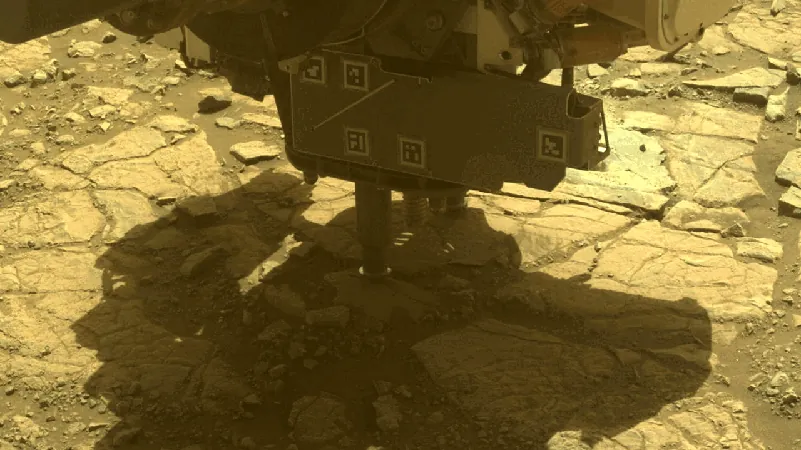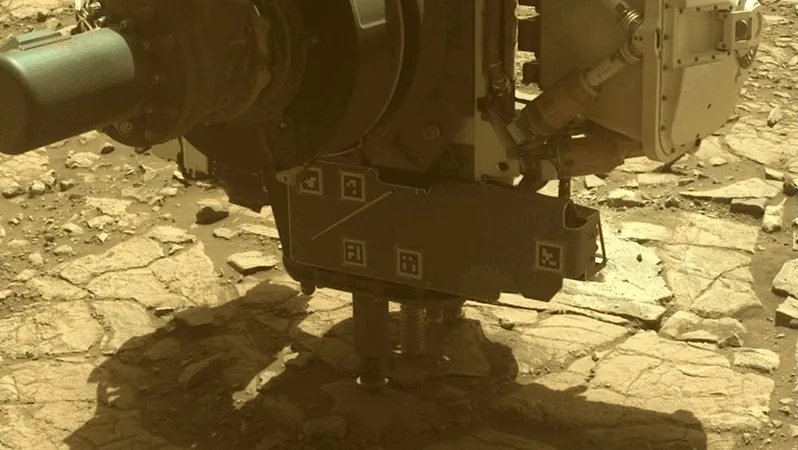
Wolves with Dire Ancestry: The Return of a Past Predator
2025-04-10
Author: William
Bioengineering a Blast from the Past
In an astonishing leap in biotechnology, Colossal Biosciences, an American company, has unveiled two wolf pups that boast genes reminiscent of the long-extinct dire wolf. This groundbreaking announcement, made on a Monday, marks the company's acclaimed first step in their ambitious 'de-extinction' efforts.
Meet the New Dire-ish Wolves
Dubbed Romulus and Remus, these adorable pups are currently thriving in a 2,000-acre habitat in the northern U.S. Their birth has sparked excitement, especially as Colossal aims to revive not just the dire wolf but also the woolly mammoth, the dodo, and the Tasmanian tiger. However, experts urge caution, with some scientists labeling these pups as more 'dire-ish' than direct descendants.
The Science Behind the Revival
Using DNA extracted from an ancient dire wolf tooth and inner ear bone, scientists at Colossal identified the grey wolf as the closest living relative, sharing a staggering 99.5% similarity in DNA. They then modified grey wolf cells to replicate certain dire wolf traits, accomplishing 20 genetic edits in the process.
A Curious Outcome
While the wolf pups closely resemble their prehistoric counterparts, experts argue they're not exact clones of dire wolves. Kevin Campbell, a professor at the University of Manitoba, points out that despite the physical similarities, the genetic makeup remains predominantly grey wolf. About 99.999% grey wolf, to be precise.
The Bigger Picture: Conservation vs. De-Extinction
Colossal’s CEO Ben Lamm highlights that these projects aim not just to resurrect extinct species but also to inspire action for conservation efforts related to critically endangered animals, such as the red wolf. Critics, however, warn that focusing on de-extinction could divert vital resources from current species preservation.
The Future of Wolves: A Path Forward
As excitement builds over the 'return' of these creatures, discussions about possibly reintroducing them to the wild surfaces, albeit complicated by biodiversity considerations and stakeholder consultations. For now, Romulus, Remus, and their sister Khaleesi remain under close observation, their fate entwined with the ongoing debate over innovation and conservation.









 Brasil (PT)
Brasil (PT)
 Canada (EN)
Canada (EN)
 Chile (ES)
Chile (ES)
 Česko (CS)
Česko (CS)
 대한민국 (KO)
대한민국 (KO)
 España (ES)
España (ES)
 France (FR)
France (FR)
 Hong Kong (EN)
Hong Kong (EN)
 Italia (IT)
Italia (IT)
 日本 (JA)
日本 (JA)
 Magyarország (HU)
Magyarország (HU)
 Norge (NO)
Norge (NO)
 Polska (PL)
Polska (PL)
 Schweiz (DE)
Schweiz (DE)
 Singapore (EN)
Singapore (EN)
 Sverige (SV)
Sverige (SV)
 Suomi (FI)
Suomi (FI)
 Türkiye (TR)
Türkiye (TR)
 الإمارات العربية المتحدة (AR)
الإمارات العربية المتحدة (AR)